In the hustle and bustle of modern life, few things are as comforting as a steaming bowl of homemade soup. Yet, the idea of simmering broth for hours often feels like a luxury few can afford. Enter the humble bag of frozen mixed vegetables—a kitchen hero hiding in plain sight. With just five minutes and a bit of creativity, these frosty medleys can transform into velvety, nutrient-packed soups that rival slow-cooked recipes.
The beauty of frozen vegetables lies in their preservation at peak freshness. Unlike their canned counterparts, which often swim in sodium-laden liquids, frozen varieties retain their vibrant colors, textures, and nutritional profiles. A typical mix of carrots, peas, corn, and green beans becomes more than the sum of its parts when blitzed into a luscious puree. The natural sugars in carrots caramelize slightly during cooking, lending a subtle sweetness that balances the earthy notes of green beans and the pop of corn kernels.
Texture is everything when it comes to quick blended soups. The ice crystals clinging to frozen vegetables actually work in your favor—as they melt during cooking, they create instant steam that softens the veggies rapidly. A high-powered blender or immersion stick does the heavy lifting, breaking down cell walls to release natural thickeners like pectin and starch. For extra creaminess without dairy, a handful of uncooked rolled oats or a spoonful of cashew butter can be blended in during the final seconds. This creates a luxurious mouthfeel that tricks the palate into thinking the soup simmered for hours.
Flavor layering makes all the difference in these speedy creations. Starting with aromatics like garlic or shallots sautéed in olive oil builds a flavor foundation. Deglazing the pan with a splash of white wine or vegetable stock lifts those caramelized bits into the soup itself. Herbs that withstand freezing well—think thyme, rosemary, or bay leaves—infuse their essence quickly at high heat. A Parmesan rind tossed into the pot (and fished out before blending) adds umami depth, while a squeeze of lemon juice at the end brightens the entire composition.
The broth choice dramatically alters the soup's personality. For a light, springlike version, steep the vegetables in a delicate mushroom or seaweed broth. Heartier winter variations benefit from roasted bone broth or tomato juice base. The magic happens when the frozen vegetables' natural starches interact with the liquid—corn and peas release enough body to eliminate the need for flour or cream thickeners in most recipes. This makes the soups naturally gluten-free and adaptable for various dietary needs.
Presentation elevates these quick soups from weekday desperation to dinner party worthy. A drizzle of herb oil (basil or parsley blitzed with olive oil) creates restaurant-style swirls. Crunchy toppings like spiced pepitas, croutons, or fried shallots provide textural contrast. For protein boosts, poach an egg directly in the simmering soup during the last two minutes or fold in shredded rotisserie chicken after blending. The steam from hot soup gently warms these additions without overcooking them.
Beyond the standard vegetable medley, specialty frozen mixes open new flavor avenues. A bag of frozen chopped onions, peppers, and celery (the "holy trinity" of Cajun cooking) becomes the base for a quick faux gumbo when blended with smoked paprika and file powder. Frozen stir-fry vegetable blends take on Asian-inspired notes with ginger, coconut milk, and a hit of sriracha. Even frozen mashed cauliflower or butternut squash can be thinned with broth and seasoned creatively for instant "cream" soups.
These soups shine brightest as vehicles for reducing food waste. That half-empty bag of frozen peas languishing in the freezer? Toss it in. The handful of frozen spinach left from last week's quiche? It's getting blended. Unlike fresh produce that demands immediate use, frozen vegetables wait patiently for their moment, making them ideal for spontaneous cooking. The rapid cooking process also preserves more heat-sensitive vitamins like vitamin C and folate compared to prolonged simmering.
For those skeptical about frozen vegetables' culinary potential, consider this: many high-end restaurants actually prefer frozen vegetables for certain applications. The flash-freezing process locks in nutrients at harvest time, often making them superior to "fresh" produce that's spent weeks in transit. When transformed into soup, any textural compromises become irrelevant—the blender equalizes all components into harmonious smoothness or pleasant chunkiness, depending on preference.
As home cooks rediscover the joys of from-scratch cooking without the time investment, these five-minute frozen vegetable soups represent a quiet revolution. They prove that nourishing, flavorful meals needn't be complicated or time-consuming. With a well-stocked freezer and a few aromatic staples, anyone can conjure comfort in a bowl faster than takeout arrives—and with far more nutritional benefits. The next blustery evening when time and inspiration run short, remember: salvation waits in the freezer aisle, ready to transform with just five minutes and a blender's whir.
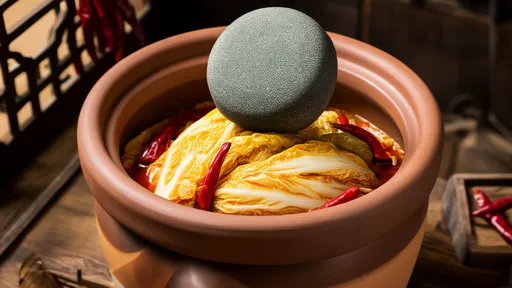
By /Jul 31, 2025

By /Jul 31, 2025
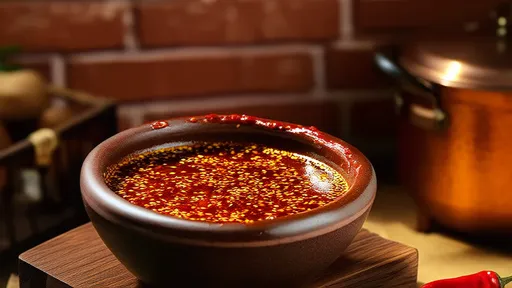
By /Jul 31, 2025

By /Jul 31, 2025
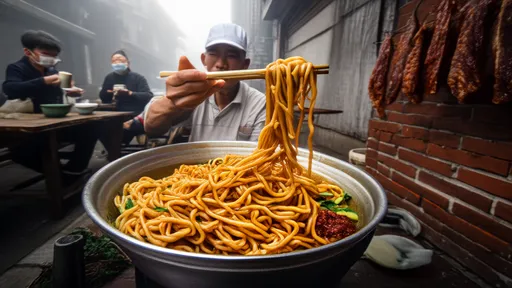
By /Jul 31, 2025

By /Jul 31, 2025

By /Jul 31, 2025

By /Jul 31, 2025

By /Jul 31, 2025

By /Jul 31, 2025
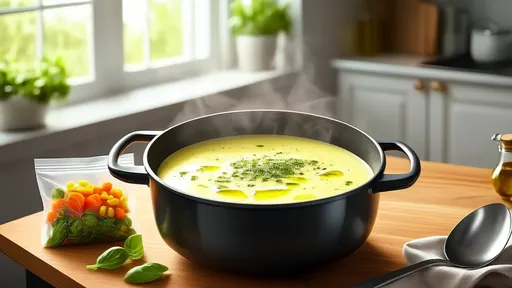
By /Jul 31, 2025
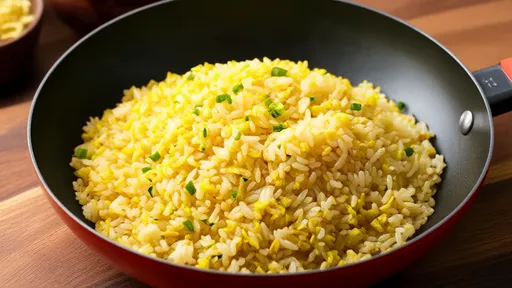
By /Jul 31, 2025
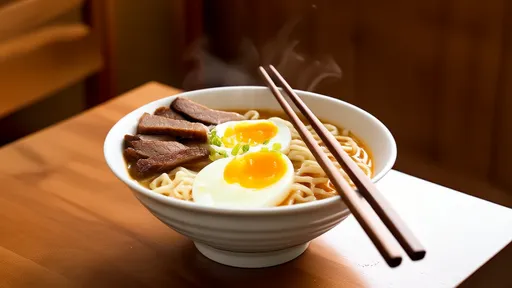
By /Jul 31, 2025

By /Jul 31, 2025
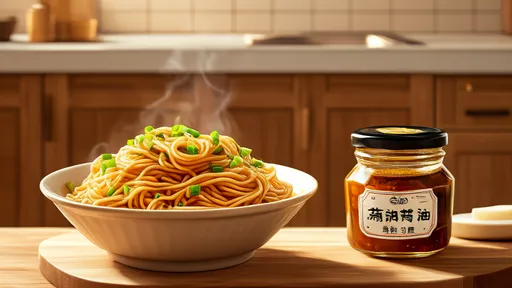
By /Jul 31, 2025
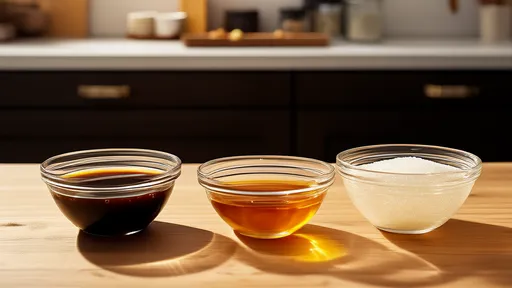
By /Jul 31, 2025
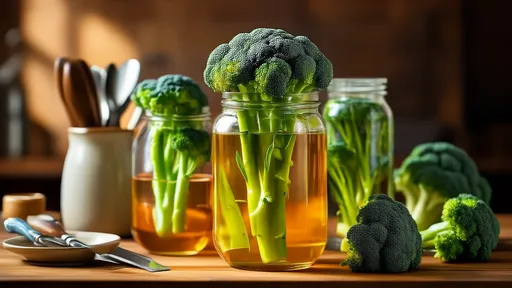
By /Jul 31, 2025
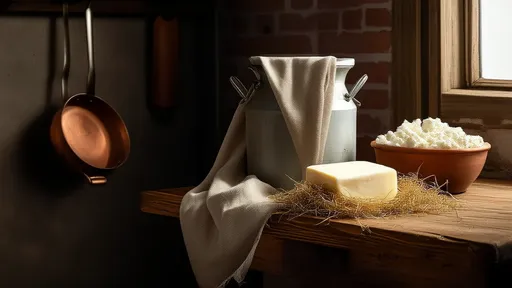
By /Jul 31, 2025

By /Jul 31, 2025
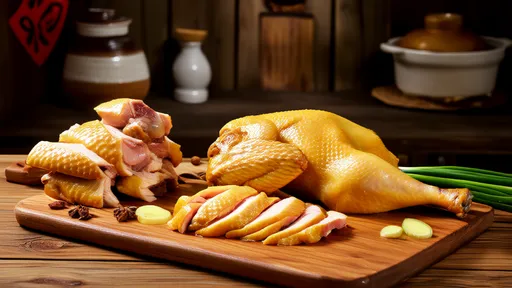
By /Jul 31, 2025